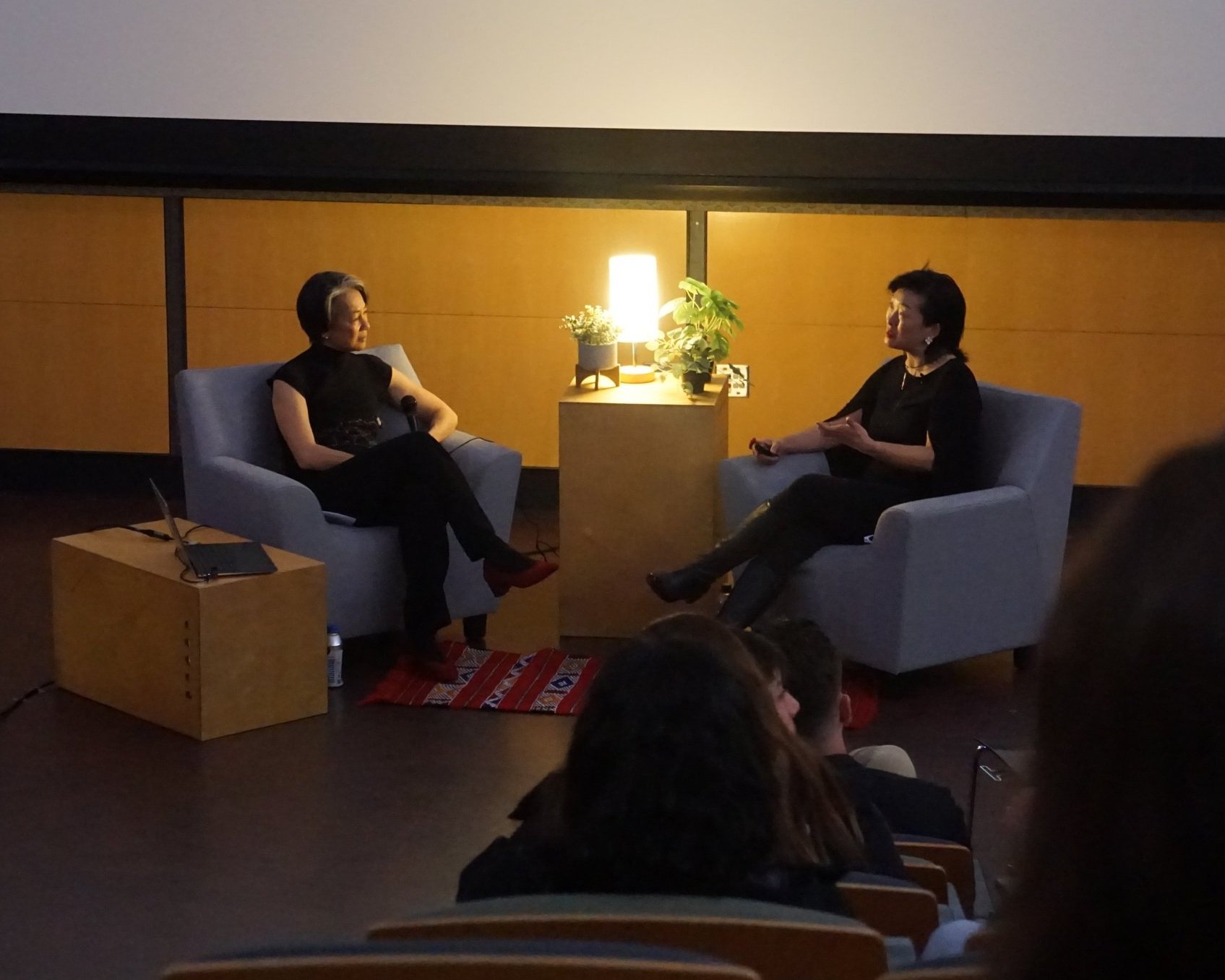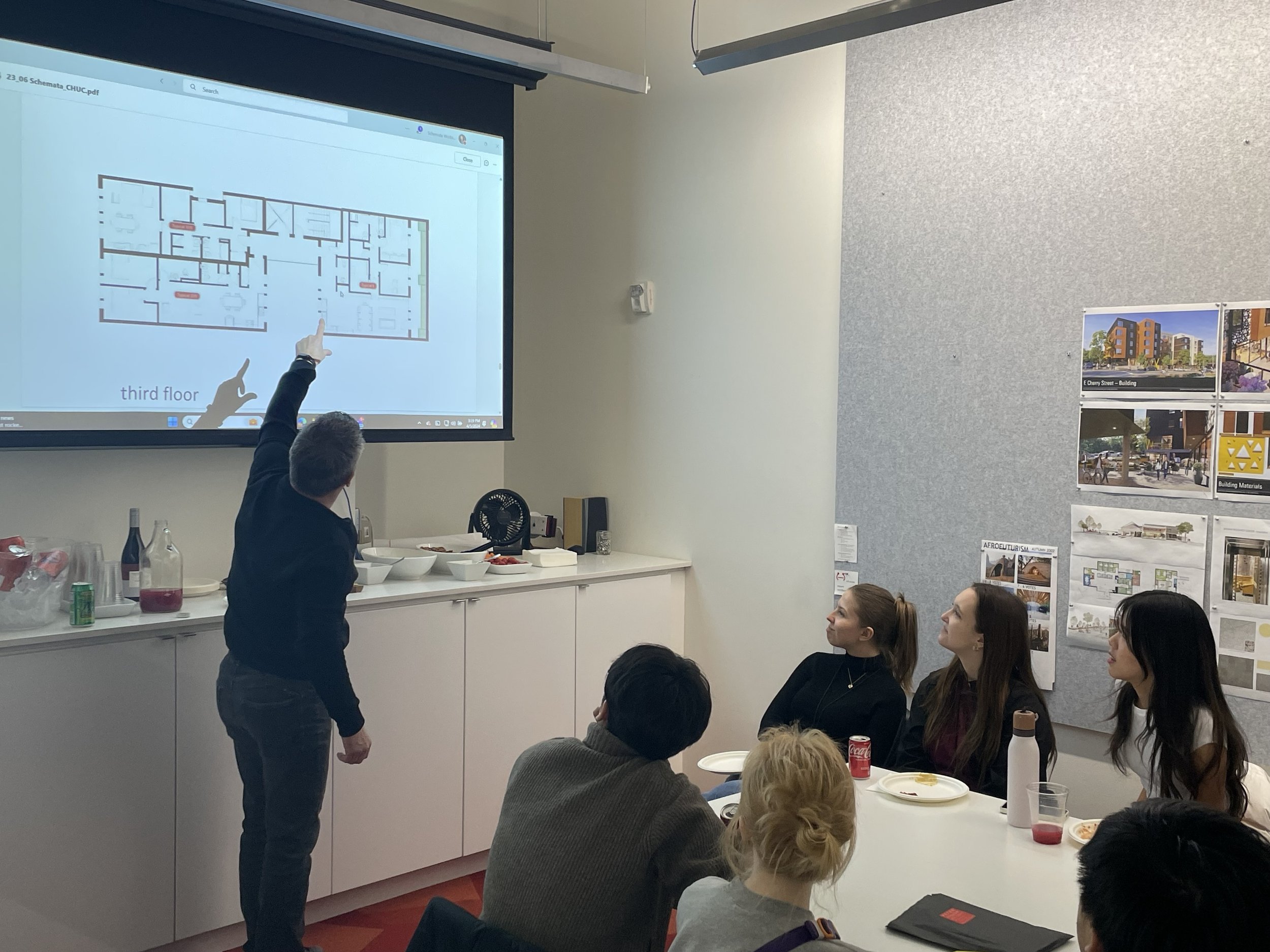This summer we are joined by Emmanuella Mariano - a high school intern who aspires to study architecture in two years. In the meantime, they are getting an opportunity to gain some experience working in a professional office setting. They will be helping out with marketing and the website; as well as general office and project support. Emmanuella is a skilled illustrator and is excited to see how the concepts learned in an AP Human Geography course apply to real life projects.
If you are attending the National Cohousing Conference, you will have a chance to meet Emmanuella as they will be staffing the Schemata Exhibit Table!
If you had a time machine that would work only once, what point in the future or in history would you visit?
I’d go back to a little before the industrial revolution and introduce renewable energy to help slow climate change.
If you could go anywhere in the world, where would you go?
Antarctica, so I could see penguins and the glaciers.
If your home was burning down, after family members and pets, what three things would you try to save?
My vinyl collection, the blanket of the Washington peninsula that I brought home from our old cabin, and probably as many stuffed animals as I could carry.
If you could talk to any one person now living or dead, who would it be and why?
Probably Laufey, not only because I enjoy and am inspired by her music, but also by her life and her stories, as someone who is also half white and half Asian.
If you had to give up one of your senses (taste, smell, touch, sight, hearing) which would it be and why?
Smell, because I’m so frequently congested from my allergies, I sometimes feel like already lost it.
If you were an animal, what would you be and why?
I think a crow, because I like giving people random things I find, like interesting rocks.
Do you have any pets? if not, what sort of pet would you like?
I’d want a penguin, even though they’re smelly, I’ve always loved them, and just want to be able to hold one.
Name a gift you will never forget.
The Swiss army knife I got for my 10th birthday. I remember feeling so grown up and trying to find anything I could use it for, like tightening all the screws on outlet covers or cutting paper.
What is one of your favorite family traditions?
Making food together, especially if it’s Korean food.
What is your favorite thing to do in the summer?
Spend time outdoors, going camping, and looking at the stars.























